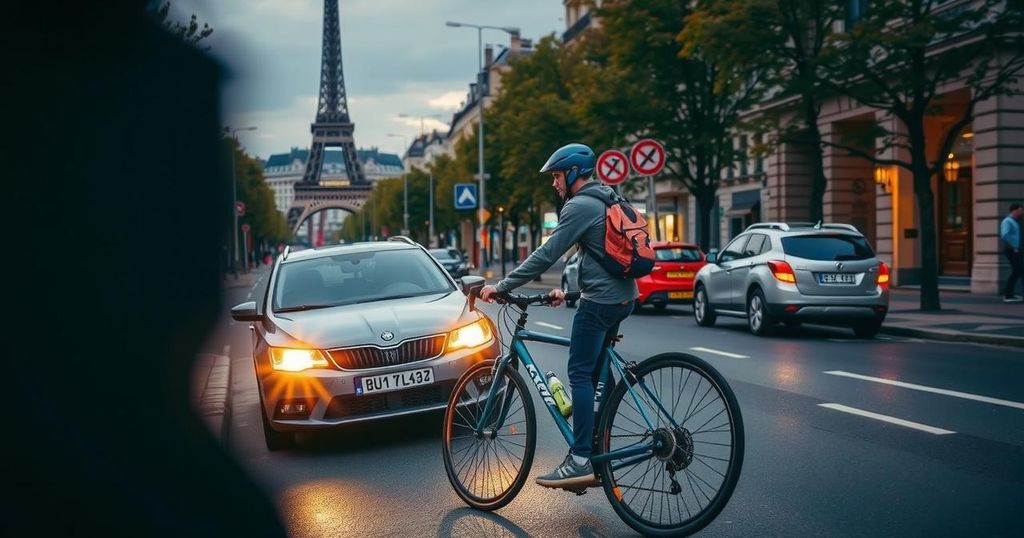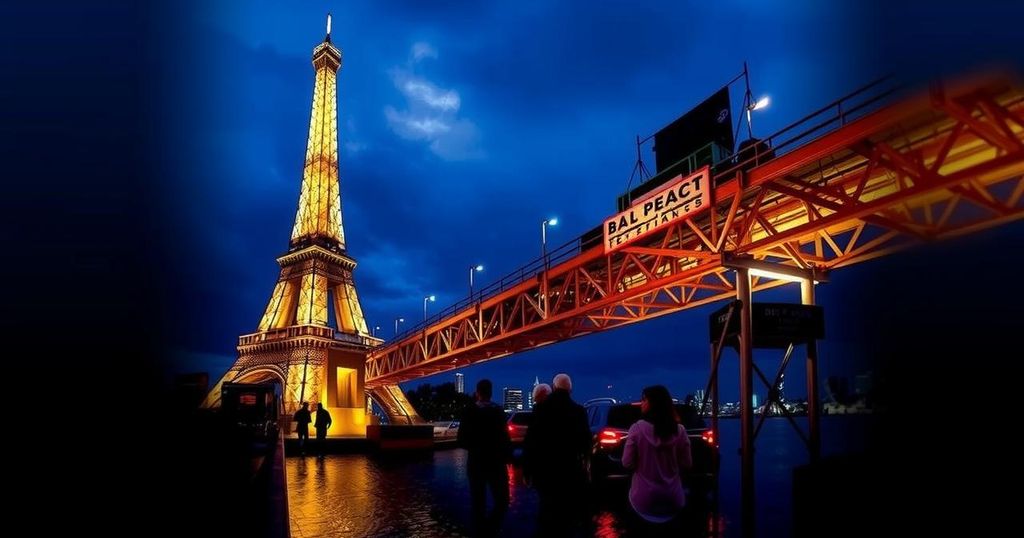Original Source: www.francetvinfo.fr
The rising number of accidents involving cyclists and pedestrians in urban areas, especially in Paris, has sparked a heated debate about road safety and vehicle regulations. Cyclists often face a disproportionate risk from larger, heavier vehicles like SUVs, which pose significant dangers due to their mass and visibility issues. In the face of this alarming trend, local governments are now considering stricter regulations to protect vulnerable road users, leading to proposals for banning or restricting the use of heavyweight vehicles in city centres.
In October, the bustling streets of Paris witnessed a tragedy that would echo through its cobbled alleyways and leafy boulevards. Paul Varry, a vibrant 27-year-old cyclist, lost his life under the wheels of a heavy SUV, an incident that has shaken the cycling community to its core. In its aftermath, the Paris Council has urgently called upon the government to ban the circulation of these formidable vehicles within the urban landscape, highlighting their inherent danger to more vulnerable road users.
As the city convened on 22nd November, led by the resolute Mayor Anne Hidalgo, officials implored not just for a ban on SUVs but also sought to eliminate any advertising that glorified these bulky machines. It was a day marked by a poignant silence—a minute’s tribute to Varry’s life, a life cut tragically short on a bike lane meant for safety. “This incident has shed light on the pervasive risks of road violence in our city,” declared Ian Brossat, a senator who has since advocated for new legislation that empowers local leaders to restrict the presence of heavy vehicles in urban areas.
The city’s stance underscores a broader concern: with a staggering 53.5% of Parisians travelling on foot, 30% using public transport, and only 4.3% opting for cars, the dangers posed by large vehicles loom large. A 2023 road safety report reveals that SUVs, due to their size and weight, are statistically more lethal to pedestrians and cyclists when involved in accidents. This stark reality was not just an echo of tragedy but a clarion call for change as Paris navigates towards a safer, more harmonious coexistence of vehicles and vulnerable road users alike.




